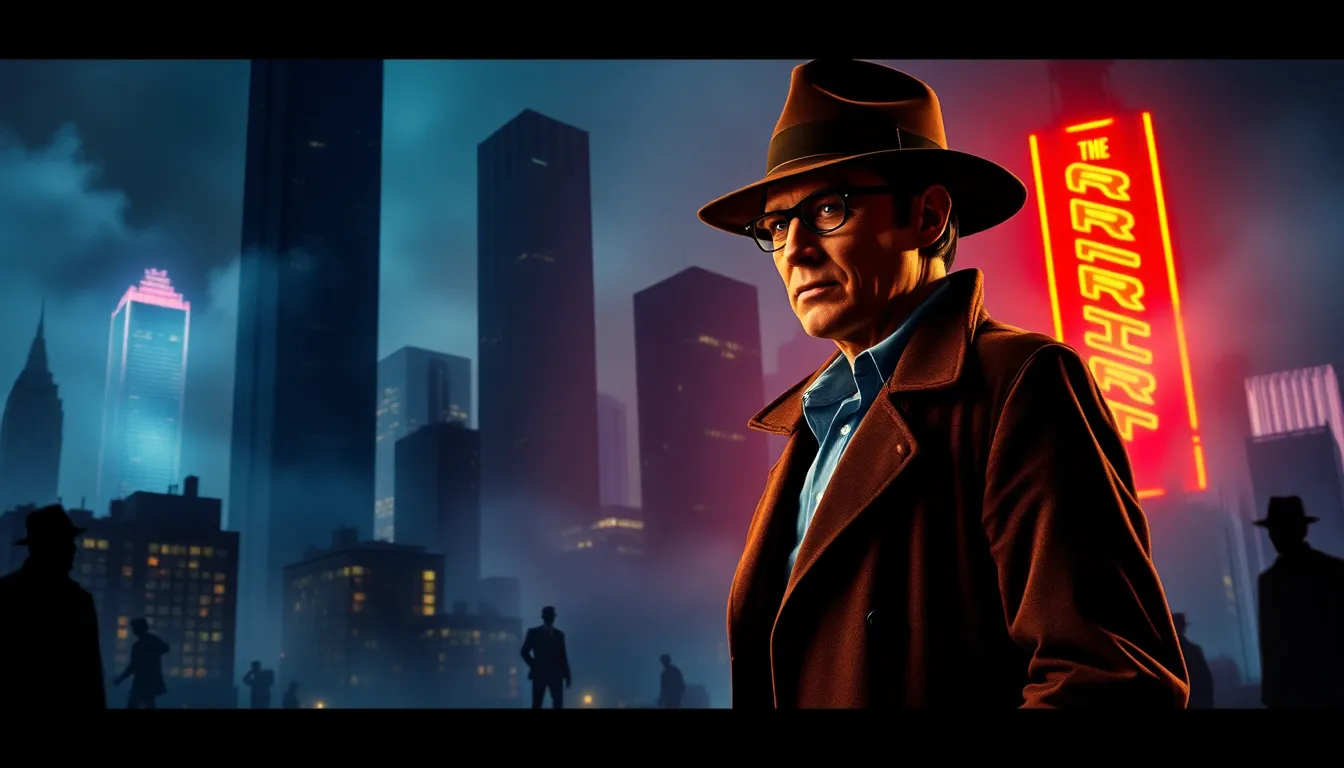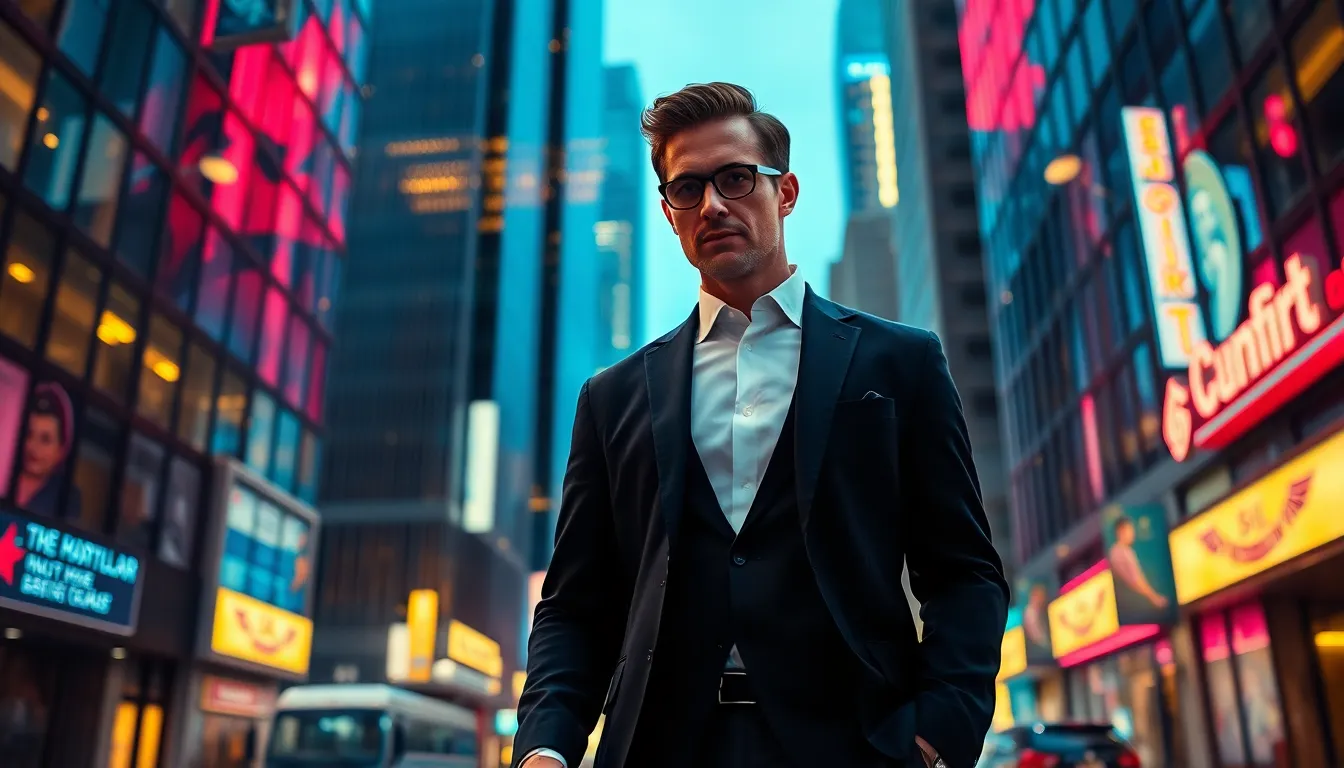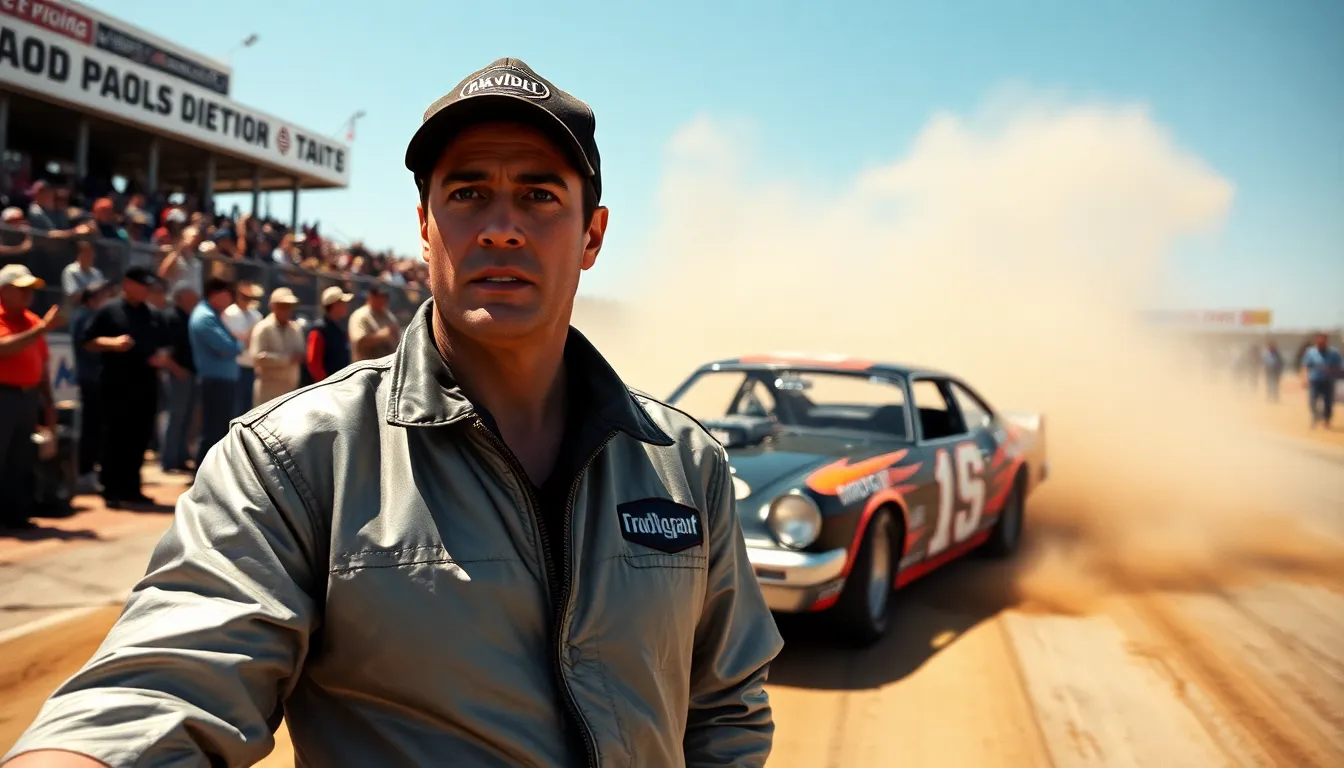Table of Contents
ToggleIf you think comic book adaptations are all about capes and superpowers, think again. The Spirit, directed by Frank Miller, took a bold, stylized leap that flirts with the line between avant-garde and bizarre. Bursting with vivid visuals and a noir narrative, it has sparked both discussion and debate since its release. Where does it fit on the grand scale of superhero cinema? Let’s dig into the grand tapestry of this cult classic and uncover its lasting impact.
Overview of The Spirit Movie

The Genesis of The Spirit
The Spirit, released in 2008, emerges from the creative mind of Will Eisner, a pioneer in the comic book realm. First appearing in 1940, the character became known for its unique blend of detective noir and superhero elements. Eisner’s innovative storytelling and artistic style set a high bar, earning The Spirit a treasured place in comic history. The film sought to pay homage to these roots while giving modern audiences an exhilarating cinematic experience.
Adaptation from Comic Book to Screen
Transforming a beloved comic into a film is no small task, and Frank Miller stepped up to this enormous challenge. His vision aimed to capture Eisner’s distinctive flair, presenting a visually stunning world that reflects the comic’s spirit, pun intended. While some viewers lauded its ambitious style, others felt it strayed too far from the source material. This ongoing conversation about adaptation serves as a fascinating lens through which to view The Spirit.
Key Themes and Aesthetic
Visual Style and Cinematography
Miller brought his flair for the dramatic to the forefront in The Spirit, crafting a film that feels almost like a moving comic strip. Juxtaposed, vibrant colors meet stark shadows, creating a visual feast. The stylization is reminiscent of pulp magazine covers, inviting audiences to immerse themselves in this fantastical universe. Together with cinematographer Bill Pope, Miller wielded the camera like a brush, painting scenes filled with striking imagery.
Character Development and Story Arc
The characters in The Spirit provide rich, multifaceted portrayals. Central to the narrative is Denny Colt, portrayed by Gabriel Macht, a crime-fighter grappling with his past and emotional connections. His dynamic with the femme fatale, Sand Sarif, played by Eva Mendes, adds depth, illustrating the classic trope of love tangled with danger. As the story unfolds, viewers witness an engaging character arc that raises questions about identity and morality.
Critical Reception and Audience Response
Box Office Performance
Even though its ambitious vision, The Spirit struggled at the box office, grossing only around $19 million against a production budget of around $60 million. Critics weren’t overly kind, often citing a perceived style-over-substance approach. But, the film soon found a home in niche markets, developing a cult following that appreciates its audacity as much as its aesthetic.
Cultural Impact and Legacy
Over a decade after its release, The Spirit still incites discussions among film aficionados and comic book lovers alike. Its distinct style has influenced a range of subsequent comic book films that seek to push visual boundaries. Also, some critics argue that it opened the door for more experimental narratives in the comic book genre, paving the way for titles that adopt a similar artistry and unique storytelling.
Comparative Analysis with Other Adaptations
Lessons from The Spirit’s Production
Looking back at The Spirit, it’s essential to examine what other adaptations can learn from its production. The balance between staying true to the original material while embracing innovative storytelling is a tightrope walk. Films like Sin City, also by Miller, found immense success through a similarly stylistic approach, highlighting the diverse ways to adapt comic narratives. Yet, it’s crucial for filmmakers to remember that substance resonates just as strongly as style.
The Future of Comic Book Adaptations
As the landscape of comic book adaptations continues to evolve, The Spirit stands as a unique case study. Filmmakers are increasingly exploring the richness of characters and narratives found within comic book pages. With recent successes rooted in deeper character arcs and compelling storylines, the future may lean toward a more balanced integration of artistry and narrative, making room for projects that capture both visual flair and emotional gravity.



